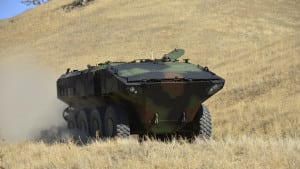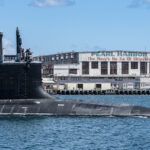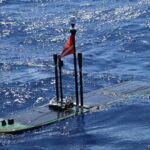
BAE Systems' new deal with the Marine Corps to deliver Amphibious Combat Vehicles (ACV) is expected to be worth $1.2 billion and include a total delivery of 700 vehicles as the service looks to phase out its legacy fleet by 2020. The Marine Corps on Tuesday selected BAE over SAIC [SAIC] to produce its next-generation ACV, an eight-wheeled armored personnel carrier, with an initial $198 million deal to deliver 30 vehicles beginning in fall 2019 (Defense Daily, June 19).“We are…

 By
By 











